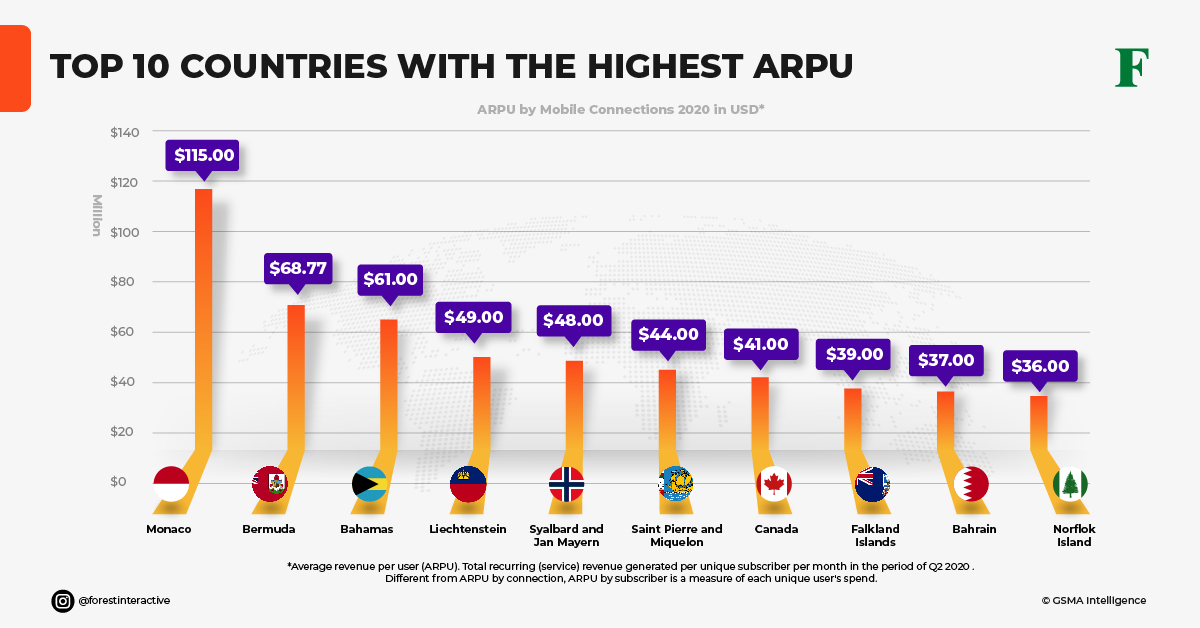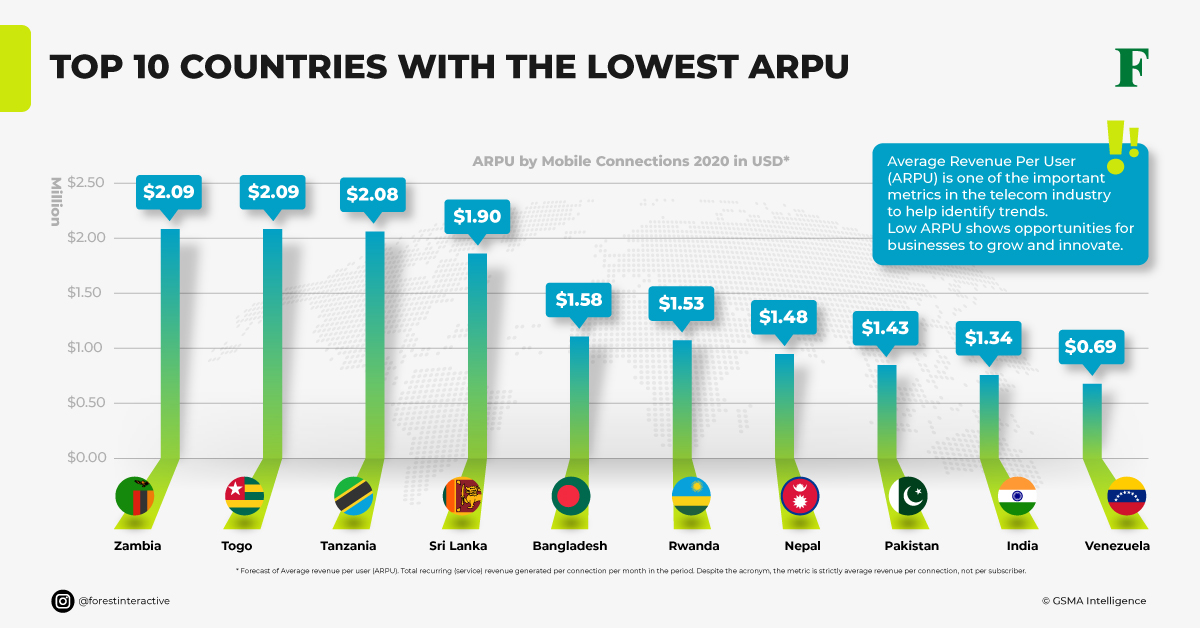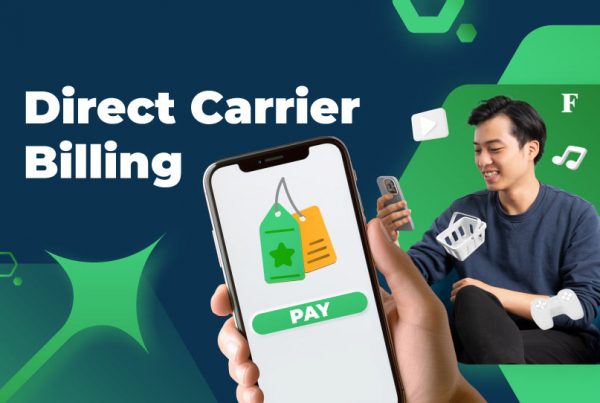
The telecommunications industry needs to innovate rapidly to stay relevant in a fast-pace, digitally-driven world. Enabling the right data services for enterprises to improve customer experience will determine the next path on how companies and mobile operators can increase ARPU for the 5G era.
Average Revenue Per User (ARPU) insights do more than just inform Monthly Recurring Revenue (MRR) growth, they also help generate smart solutions to maximize business success in the long term. Today’s mobile operators are being pressured to explore and adopt integrated strategies to reduce churn, sustain and increase the subscriber base, and improve the revenue per subscriber.
Developing more personalized and holistic Mobile Value-Added Services (MVAS) with data-led technology can help. It is the focus on improving customer experience that’s significantly impacting mobile operators in terms of revenue realization.
Further Digitalization Is Needed to Increase ARPU
Staying digitally connected has never been more important. In 2020, the COVID-19 pandemic showcased how network capabilities could enable thousands of impacted businesses to sustain communications services and productivity during hard times. National lockdowns and work-from-home policies effectively accelerated the need for companies to go fully digital to cater to a growing audience of online users.
Even as things return to normal, this kind of momentum must not slow down because personalization and improving user experience is having a great impact on building and sustaining the subscriber base. As mobile operators have access to huge volumes of customer data generated every day, they should be deriving valuable insights from them. Utilizing big data analytics to analyze customer data is the key to unlock future strategies to increase ARPU.
As there is now a plethora of options for the customers in the market, mobile operators must provide solutions and services that deliver best-in-class customer experiences. Through data insights, mobile operators can develop a deep understanding of their customer preferences and evolve their MVAS offerings to be locally relevant, bringing true value to their customers.
Current Challenges of MVAS for Mobile Operators
- Manual paperwork for MVAS approval – Manual paperwork monitoring, scattered data sources for reporting
- Inability to automate analytics for service reporting – System constraints, dated architecture, cluttered database
- High capital expenditure (CAPEX) – Other than high CAPEX, maintenance, license, and change request fee is expensive for future upgrades.
- A growing number of requests for refunds – MVAS-related complaints, manual refund process
- Time-consuming troubleshooting processes – MVAS-related issues require extra effort and resources to fix.
Simplifying B2B2x for Business Advantage
To help maintain and even increase market share in a saturated marketplace, a key service is to provide Digital Self-Onboarding. Mobile operators have to identify the gaps that are both technologically and behaviourally stifling the growth of their subscriber base and preventing Content Providers (CPs) from efficiently joining them.
Moving away from the traditional way of onboarding customers, MVAS will be better equipped when mobile operators can map their current business processes according to the technological capabilities that will need to be either built or enhanced in their ecosystem. Monolithic BSS/OSS systems with siloed product catalogues and complex purchase processes need to be broken down to microservices-based architecture, where each service will have a specific domain area to be addressed to deliver a seamless end-to-end business journey.
Accordingly, mobile operators must also embrace an agile methodology in their operational processes to define priorities of the business journey that they want to address. Each business journey has to consider how it will make an impact on the customer’s life with improved user experience and customer lifetime value. It is also vital when evolving the business journey to do so with the least disruption to services already offered.
Related topic: How Direct Carrier Billing Works And How It’ll Help You
OTT Partnerships for Content Integration
As online media continues to grow in data size and content variety, OTTs have demonstrated to the world that they are players who can create innovative solutions that can rival the telecoms industry. In the wake of these disruptors, mobile operators’ traditional revenue streams have either declined or remained stagnant. This situation could worsen after 5G is launched if it is not already being addressed.
To avoid further revenue erosion, mobile operators should engage with complementing partners to help increase ARPU by building larger customer bases. Bundling services, making strategic alliances, or even acquiring other companies offers another way to provide added value. Taking a customer-focused approach, alongside strategic development (or acquisition) of new capabilities, mobile operators can be better positioned to adapt and meet the demands of their customers.
Ultimately, mobile operators must capitalise on their core competency, which is network infrastructure and overall expertise in the communication field. To ensure that they do not lose out to OTT in the partnership, mobile operators should build a strategy where they roll out solutions that can be superior to the ones from OTTs or create a win-win situation for both parties to capture market share.
Related topic: What is OTT in Telecom?
Leveraging Resources to Gain Higher Returns
In truth, mobile operators and OTTs compete with each other, but they should be operating in a symbiotic relationship. It’s imperative to note, however, that for this symbiotic relationship to work long term, mobile operators need OTTs to keep data traffic coming over their network, while OTTs need mobile operators to keep improving their networks. Here are some other key considerations:
- OTT partnerships are driven by utility, i.e. the overall usefulness of the partner proposition as well as the experience it provides to new customers when using the service
- Partnering with successful content platforms can help mobile operators reap significant revenue from OTT services
- Strategic alliances with OTTs are suitable for mobile operators with a large subscriber base
- Interactive content platforms can bring operational efficiency to mobile operators with competitive margins
- Revenue models like Advertising Video-on-Demand (AVOD) and Subscription Video-on-Demand (SVOD) can help mobile operators see value from their outlay
- In-app purchases, streaming broadcast media on mobile devices and complementing adverts can be great revenue streams to have
Related topic: What Is 5G Network Slicing?
Staying Relevant and Equipped for the Future
To sum up, mobile operators must deliver MVAS that matter for customers if they want to increase ARPU. For the operator’s ecosystem to thrive in good or even bad times, the key differentiator will be customer experience. Those operators who can build new services around the customer will unlock useful data to provide even more optimized experiences, enabling themselves to be in the best position for success while increasing revenue.
With Forest Interactive’s Service Delivery Platform, operators get the benefit of building their content provider network according to their growth potential. We provide a single integrated platform for mobile operators to easily manage all their content partners while meeting specific needs to deploy related MVAS for business expansion.
Related topic: Forest Interactive Shifts Focus To Scalable Mobile Platforms Due To COVID-19 Market Demand












One Comment